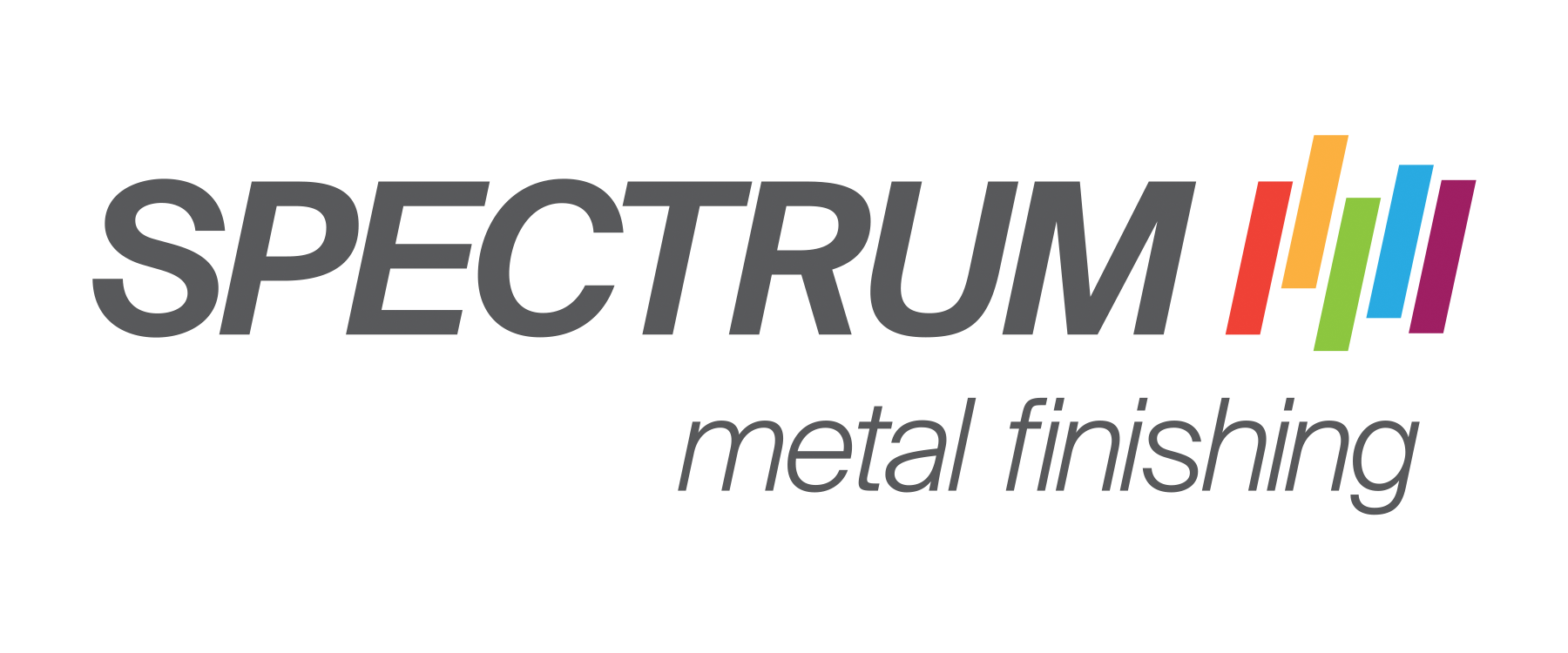TECHNICAL INFO
Metallic Issues
Metallic Flop Phenomenon
Architects who specify metallic finishes experience the metallic “flop” phenomenon. The same light reflections credited with adding to the overall metallic appearance also cause a variation in the way the eye perceives color. This creates a phenomenon known as metallic flop. During the application phase, flake patterns in the coating may fluctuate due to uncontrollable variations in the fluid’s delivery, atmospheric conditions and stroke speed of the application bells. The flake pattern may be overlapping and random, which causes the way light reflects off the aluminum panel. Additionally, the shape of the material may cause light to reflect unevenly. Installing panels on different planes (or floors), can also cause the human eye to see color differently. Due to the arc of the sun, its rays strike portions of buildings at different angles throughout the day. The color of the panels will shift more during periods of cloudy days and will appear more uniformly under sunlight.
Precautions Against Metallic Flake
To minimize the occurrence of metallic flop, Spectrum Metal Finishing takes the following precautions: Pre-meetings are held with the GC and architect to establish a color standard for each project. The color approval process will continue through a series of mock-up phases that will refine color variances to get the exact color the client is looking for. This phase may take up to 2-4 weeks. Preferably, a paint vendor will produce the entire batch of paint needed to coat a particular project all at once. This will help ensure consistency in the many variables that go into the paint process. If possible, all material for a project will be coated in one release to ensure consistency in atmospheric conditions and other line factors that may contribute to color fluctuations. If the job consists of a series of panels, the fabricator of the panels should number them on the back in the sequential order of their installation. They should also have arrows indicating the direction of how the panel was sprayed to insure the panel is installed in the same direction. Spectrum had the foresight to design its production line with a manual spray booth before the turbo bells. Our expert applicators reinforce any hard-to-reach, recessed areas, reducing the randomness of the flake layer and adding to overall color uniformity. Most metal finishers touch-up recessed areas after automatic application which may cause “tiger striping”. While metal flake coatings convey a dramatic, metallic appearance, careful attention must be paid to the application process to achieve a uniform pattern. Remember, laboratory-produced color sample chips do not reflect actual results from a complex metal finishing production line.
Information Required for Quotation
In order for Spectrum to provide an accurate Price Quotation, please note the following:
Painted Surfaces
An exposed surface is defined as the area on a part or extrusion that requires paint, or an area that — when assembled into a finished product or installed on a building — is visible and/or in contact with environmental weathering.
Determining Total Square Feet
Accurate exposed surface areas must be provided to calculate the total painted square feet per color.
Panels – Square feet are calculated per panel by multiplying the painted width by height in inches and dividing by 144.
Extrusions – Painted surface as indicated on the print (inches) is multiplied by the length in inches and then divided by 144.
Brake Metal Components – Square feet are calculated per panel by multiplying the painted vertical by horizontal in “stretch-out form” in inches and dividing by 144. “Stretch-out form” is defined as the painted surface flattened out in manner prior to fabrication. For example, a coping cap with a 6” face, 18” top and 4” back and 144” long would calculate as (28” x 120”)/144 equaling 23.33 square feet per piece.
Fabricated assemblies (railings, sunscreens, grills, etc.) – Each painted part contained in the assembly is calculated as noted above and then added together to determine the total square feet of painted surface per assembly. It is important to provide the dimensions of each individual component to accurately reflect the painted surface area.
Color and Coating Performance Requirements
Provide an accurate description of the color using manufacturers’ code numbers, product lines, color samples, or a detailed description.
Scope of Project
An overall description of the project containing vital information such as location, number of releases, time frame for completion and components supplied by others that require color match.
